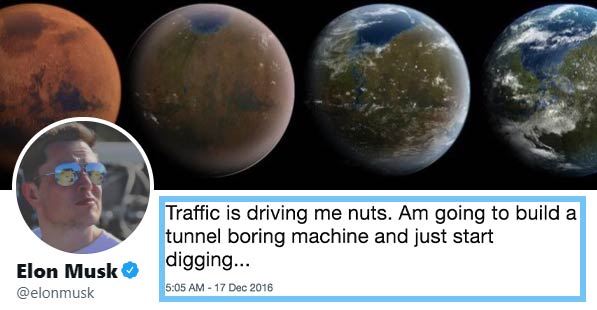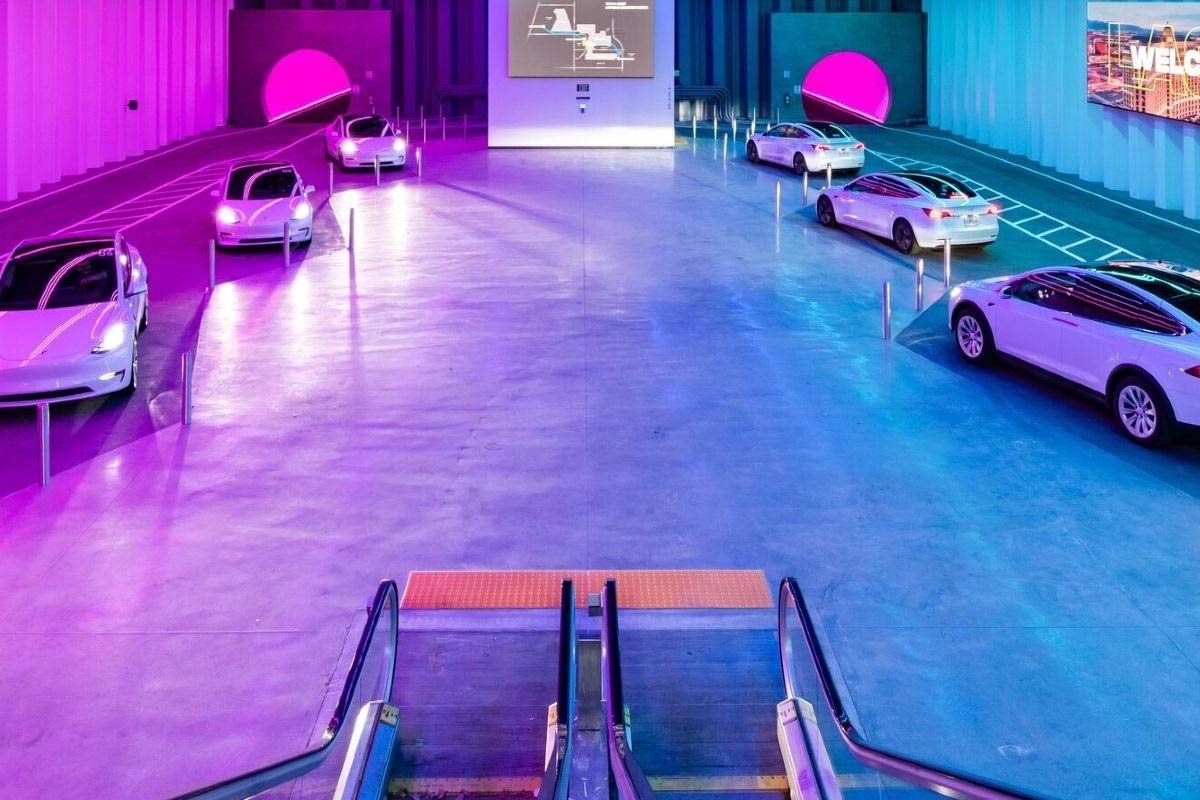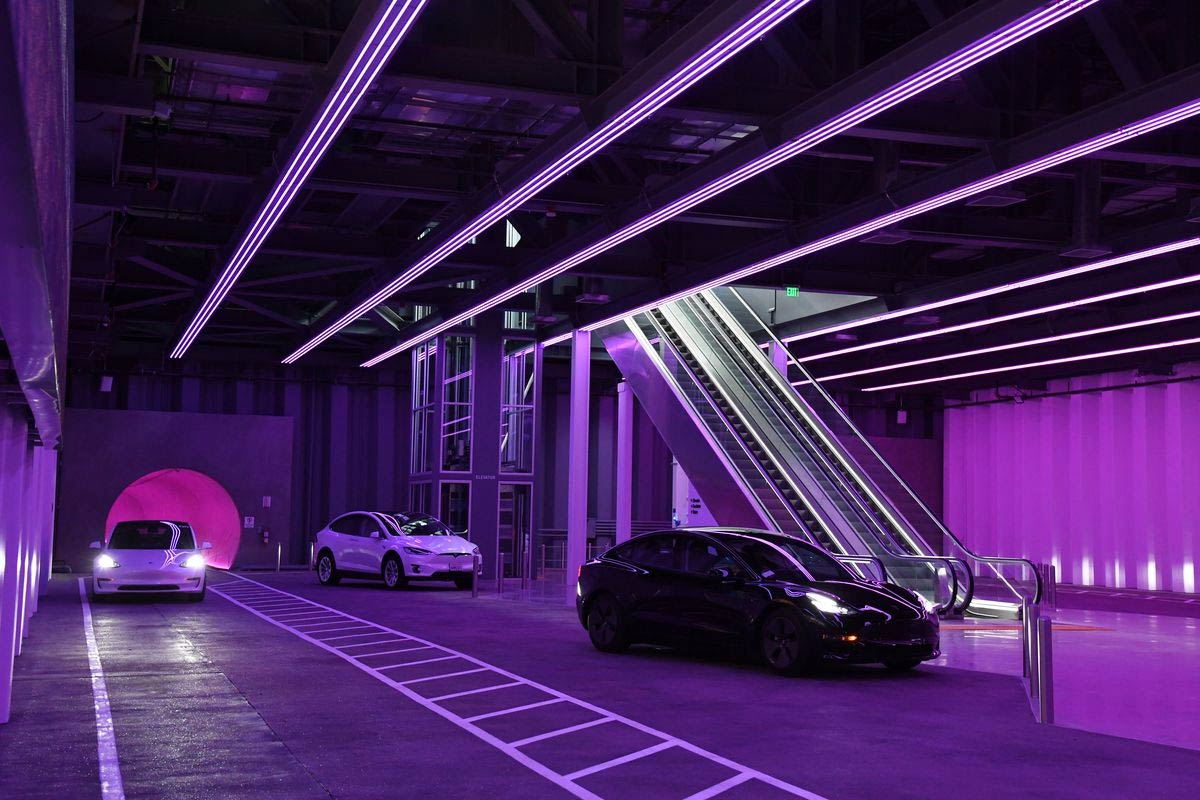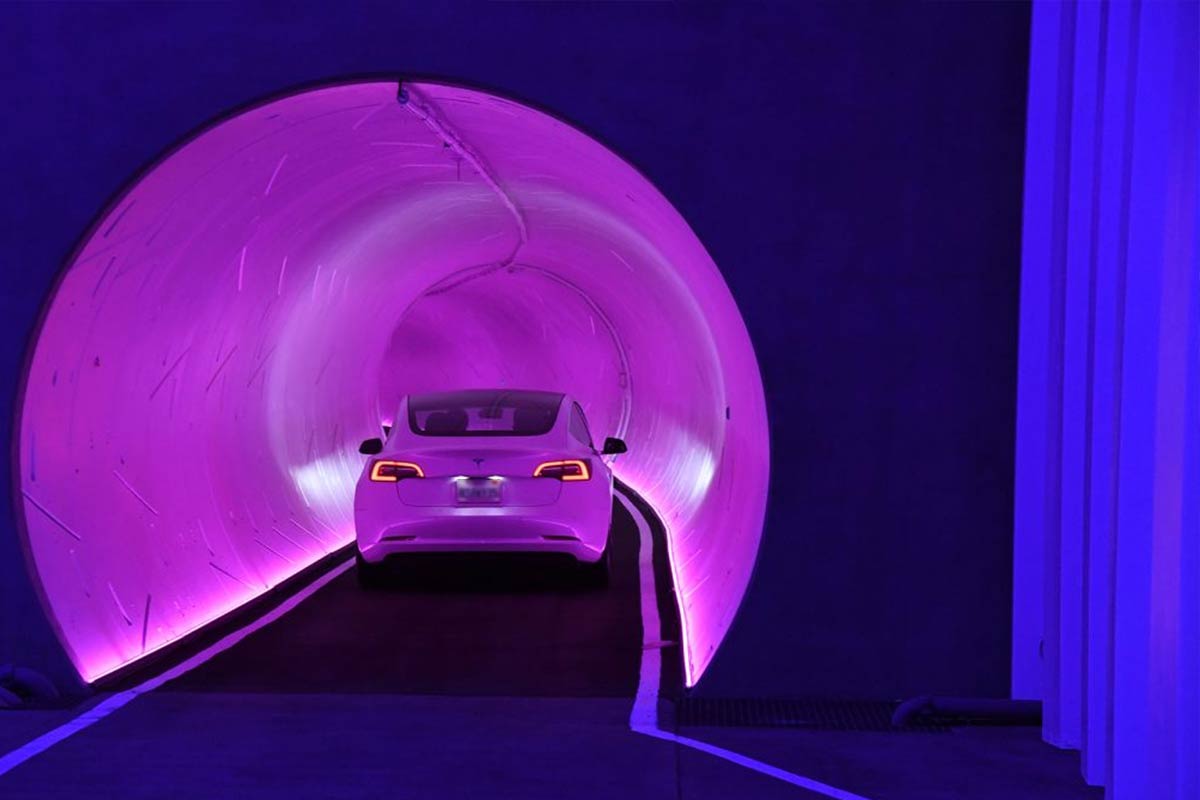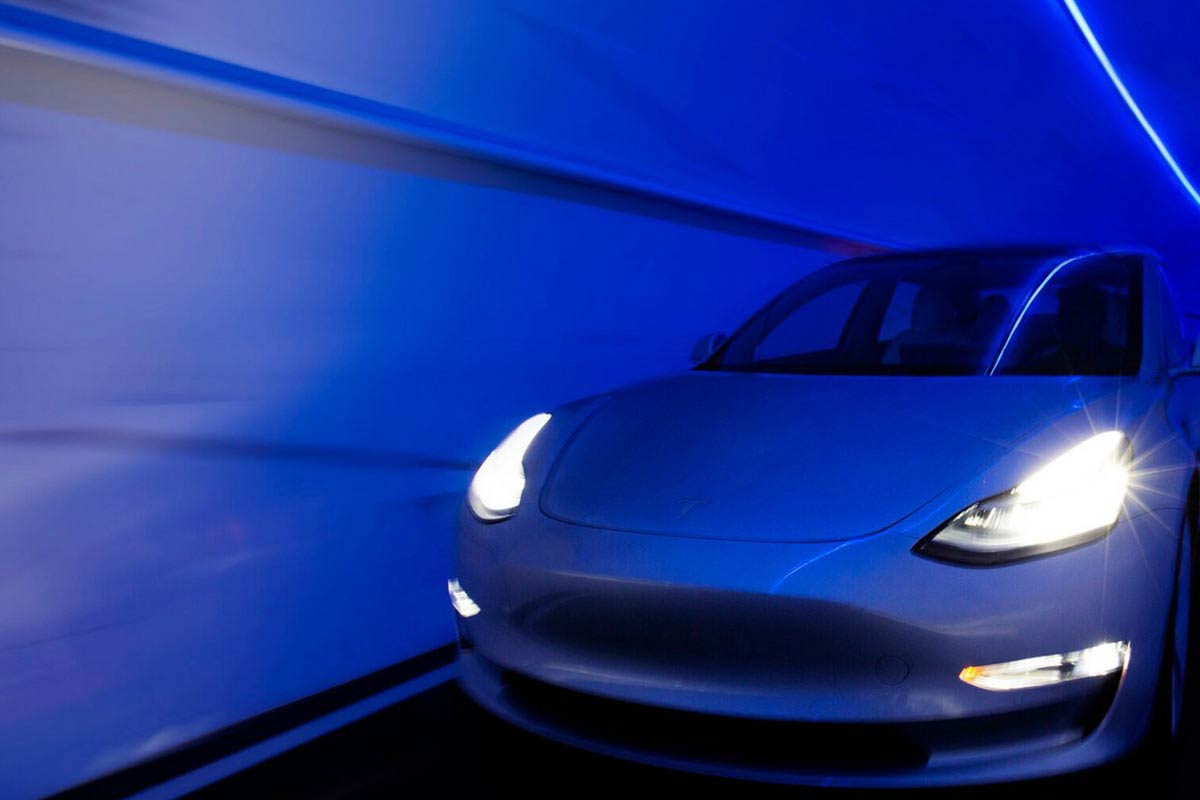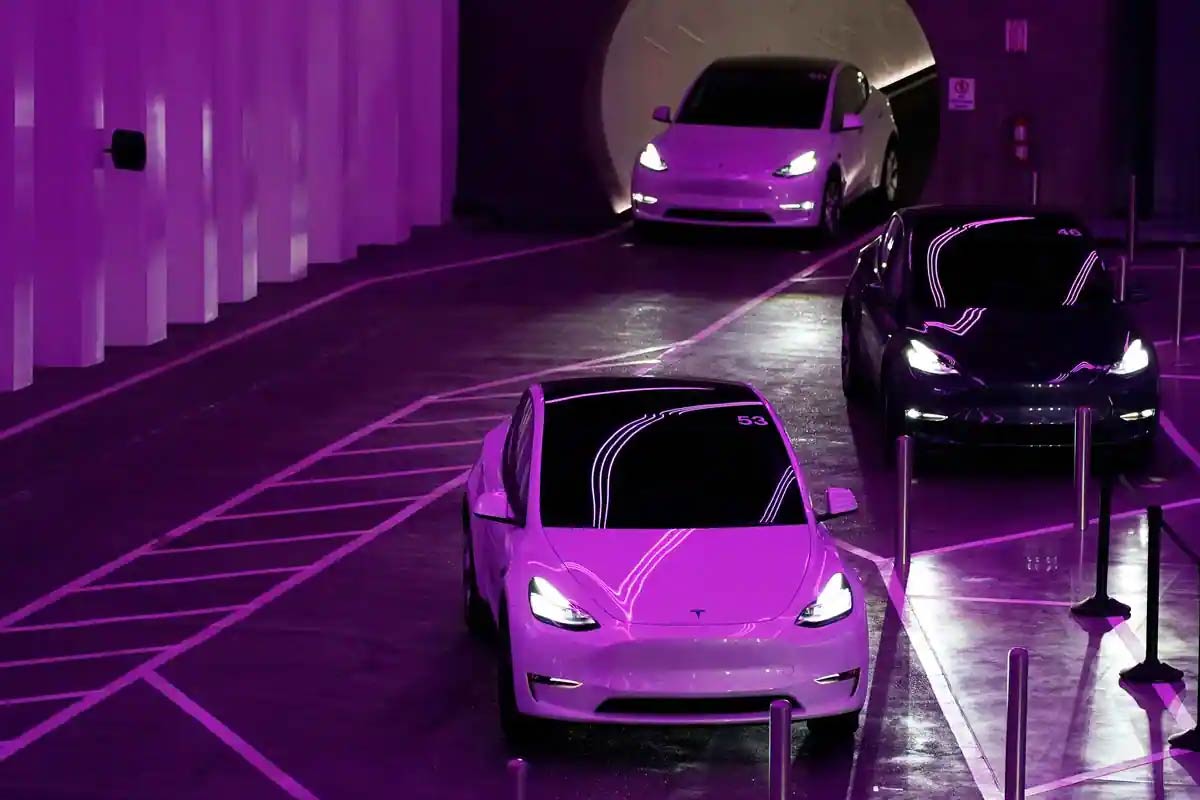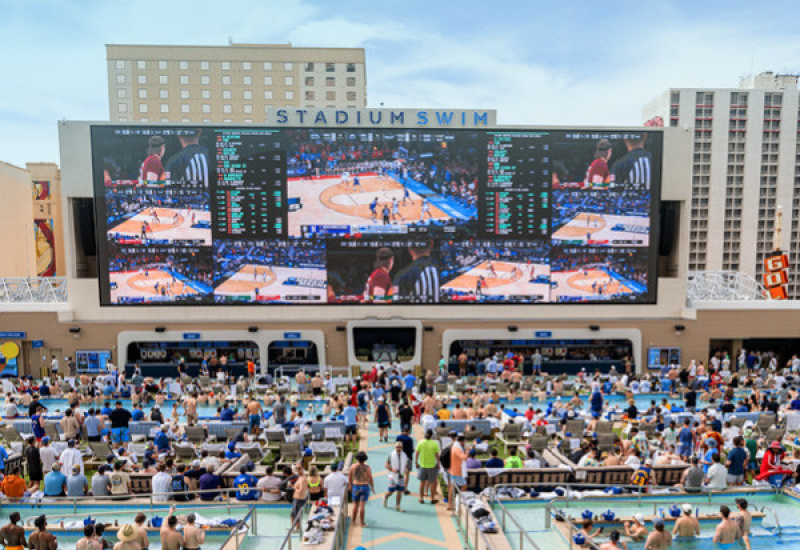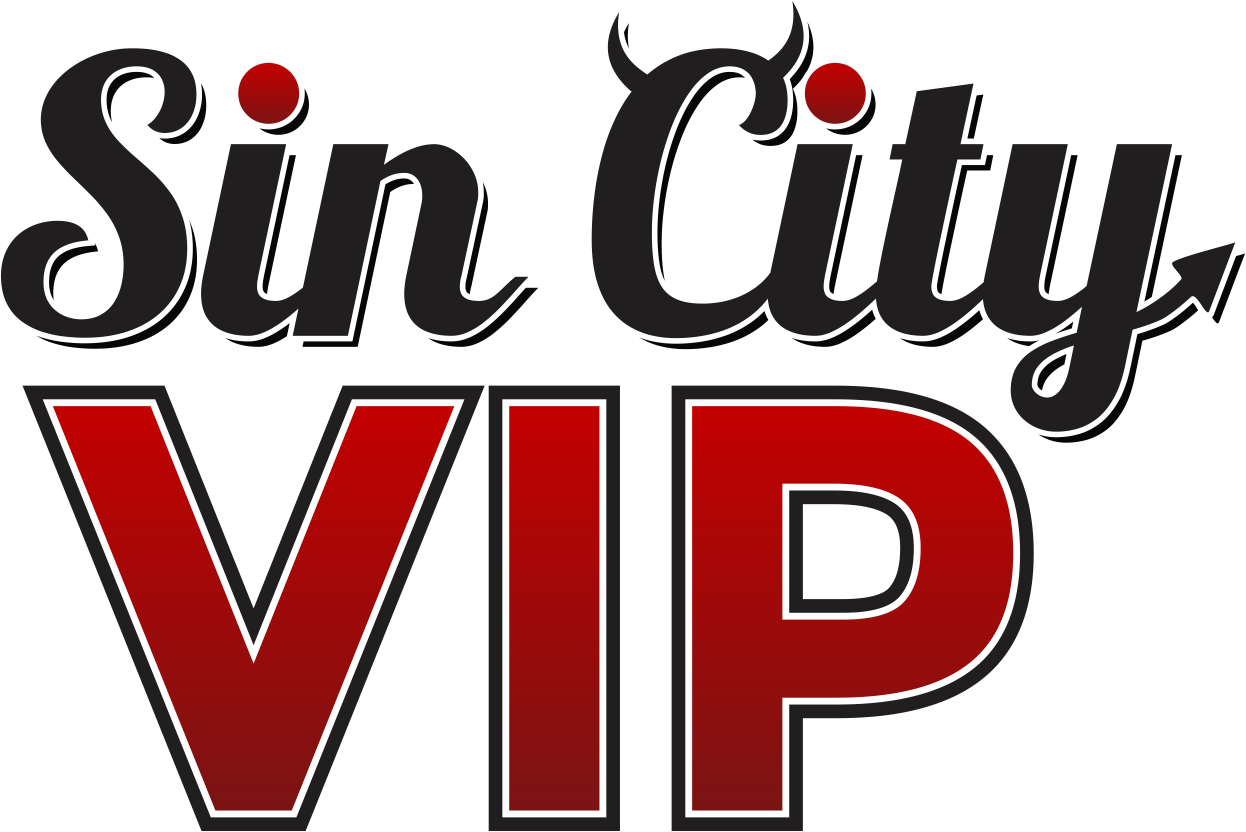
It all started with a Tweet.
On December 17, 2016, Elon Musk tweeted out his frustration with traffic and mused aloud about building a “tunnel boring machine” to “just start digging.” Few suspected how serious Musk would be in seeing his vision come true. On June 8, 2021, The Las Vegas Loop opened for business.
Located 40 feet beneath the world-famous Las Vegas Convention Center, Musk’s three 12-foot wide tunnels is his second tunnel project, but the first to open for general passenger traffic. What this means for attendees is that what was formerly a half-hour (or longer) walk across the expanse of the Center has been shrunk to a little over two minutes. At present, fleets of over 60 Tesla vehicles transport visitors in air-conditioned comfort along its 1.7-mile loop. While still in its early days, LVCC officials expect that the Loop will eventually move up to 4,400 passengers an hour.
The Loop, however, has not been without its detractors. Indeed, the Loop was announced with no small fanfare with plans for autonomous, self-driving cars operating at high speed. At present, its cars are manually driven and do not exceed 35 miles an hour. Critics say that if an underground tunnel had to be built, why not make it wider to allow higher-capacity vehicles such as busses or even a train to carry more travelers and faster?
This misses the point. The Loop is a prototype of a new type of transport—intended to be more scalable and nimble than other types of mass transit, such as monorails and subways. As its tunnels are sized for Musk’s Teslas, they are easier and faster to build. Musk’s Boring Company features proprietary machinery that is much smaller in diameter than traditional boring machinery. With a diameter of 4.3 meters, Musk’s tunnels can be built cheaper and faster, with less adverse effect on local traffic. The Boring Company claimed to be clearing 40 meters of ground a day at the height of the Loop’s construction.
It is also designed to remedy an issue unique to the Convention Center. The LVCC is one of the largest convention centers in the country, but even this facility creates an overflow of vehicle and foot traffic within and around it when hosting a mega convention like the celebrated Consumer Electronics show. When the LVCC expanded to include a $1 billion, 1.4-million-square-foot West Hall annex next to the original facility, some raised concerns as to the ease with which visitors could traverse the campus.
The Loop provides a simple solution. It is entirely self-contained and does not require visitors to reach it from outside mass transit. It is underground and out of sight, offering efficient point-to-point transport without the additional stops a subway would require. Additional Teslas can be added to accommodate peak-time traffic. Finally, it is also green tech, and its electric vehicles ensure that the tunnels remain free of toxic exhaust.
There are plans to expand the Loop to extend eventually as far south as Allegiant Stadium and as far north as Downtown Las Vegas. Vegas is, in fact, a perfect fit for an innovation like the Loop. It combines the benefits of an Uber with a subway, and it can grow organically to serve the Strip’s densely packed foot and vehicle traffic. The Loop will prove to have a natural home in Sin City, a mecca unafraid to embrace bold and innovative plans.
